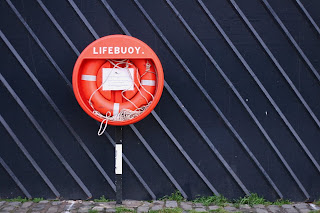Photo 1: Croatian Graffiti Girl. Not totally balanced, the darker graffiti does balance with the lighter colour (and larger) shutters, but there is a bit too much space at the bottom of the photo.
Photo 2: Croatia Sunset. This photo is balanced in terms of light and dark, but because the dark is 'heavier' feeling, it doesn't totally feel balanced.
Photo 3: Dublin Ducks. Symmetry top/bottom and left/right gives good balance to this photo. However I think there is a 'dead' spot in the middle of the photo.
Photo 4: Cairo City Mosque. Good balance between the small minaret (dark) in the background with the larger font in the foreground. It is quite a balanced photo, but might benefit from some cropping.
Photo 5: Isle of Wight Needles. I'm not sure if this photo is balanced or not! I feel like there is balance, but that it comes from tension between the linear cliffs/beach with the linear islands. Not sure!!!
Photo 6: Wheel and Scott Monument. The two elements in this photo appear quite balanced, they are similar size and hold similar weight. The only unusual thing about this photo is the orientation of the balance, namely diagonally across the frame.
 24mm, 1/100sec, f/11, ISO 400
24mm, 1/100sec, f/11, ISO 400This short project was fun. It was interesting to look back at some recent photos and see if i could see balance, and then to analyse the balance. I'm discovering that these projects are good for analysing my photos, but the real challenge is putting it into practice! Anybody else finding this same issue??

































